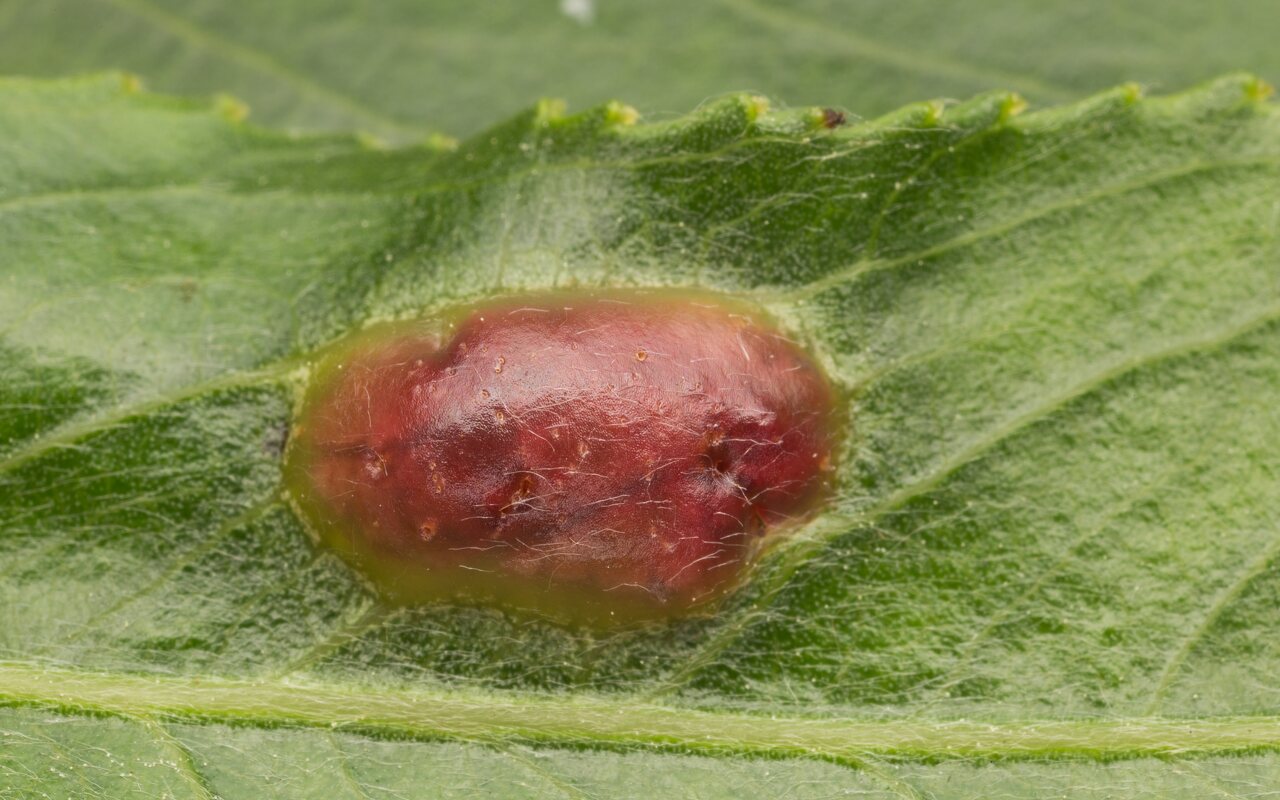
Euura proxima s.l. · pjūklelis
- Pontania proxima
- Gewone blaasbladwesp
- en.wikipedia.org/wiki/Euura_proxima
- forestpests.eu/pest/pontania-proxima
- naturespot.org.uk/species/willow-redgall-sawfly
- gbif.org/species/4492141
Originally, this species was native to the Western Palearctic area; however, it has been distributed on accident around the globe. This species is now found throughout Europe, north to southern Finland and east to the Caucasus. It has been introduced to Australia, North America and New Zealand. The widespread range is due to the spread of its host plants (Salix species).
Euura proxima is a species of sawfly belonging to the family Tenthredinidae (common sawflies). The larvae feed on the leaves of willows (Salix), creating galls. E. proxima is one of three closely related species in the Euura proxima group. The other members of the group are E. bridgmanii (Cameron, 1883) and E. triandrae (Benson, 1941).
The gall is an ovoid, bean-shaped gall, up to 12 mm x 6 mm in size, with a hard thick red wall when occupied. The surface is shiny. The gall is formed when the female lays her eggs and injects a substance into the leaf. At first the galls are green and the walls soften as the larva consumes the tissue. There can be several galls to a leaf and they do not usually touch the midrib.
This group are unusual amongst the sawflies of the Western Palaearctic region in that they reproduce by parthenogenesis that produces only females (thelytokous). Males are rare. Within this group, males of Euura proxima, bridgmanii and triandrae cannot be separated.
‥
0 comments
Add a comment